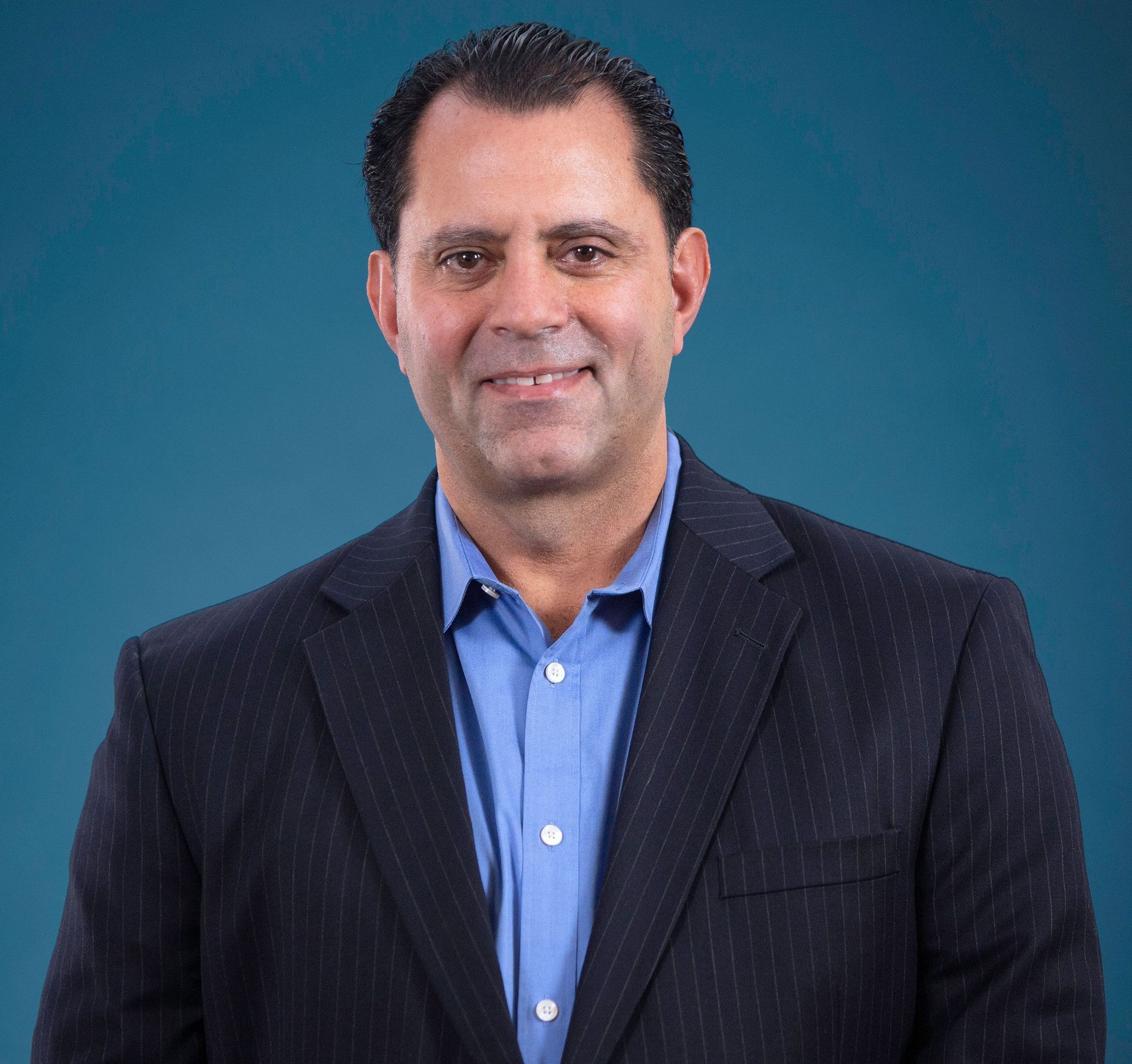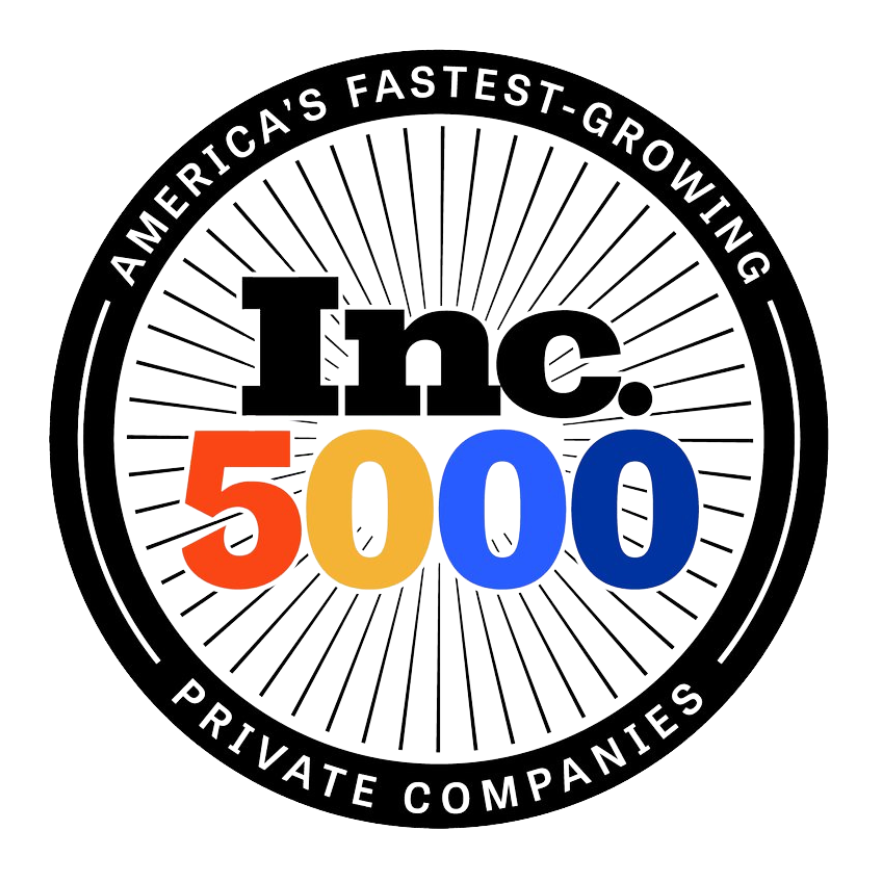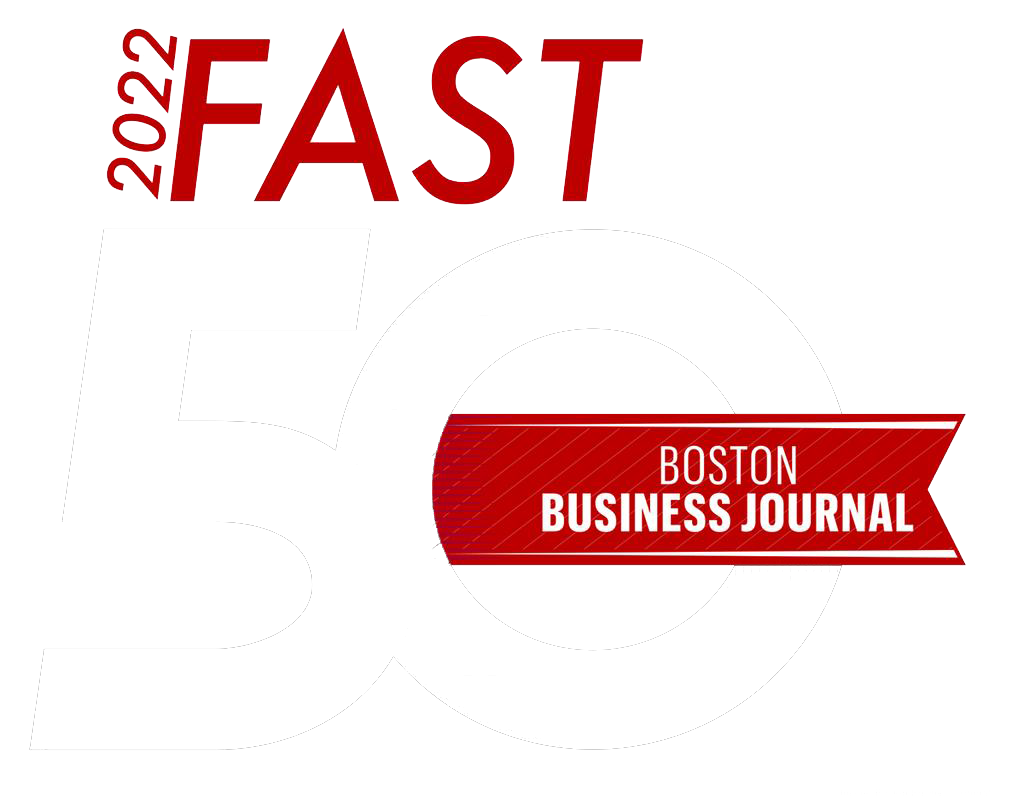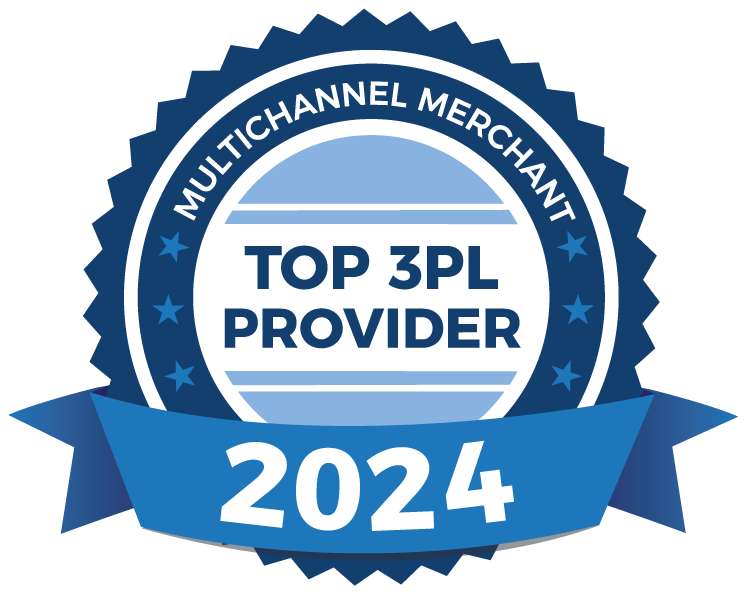Barrett Executive Leadership
Arthur Barrett
President
As President of �°������ϲʹ���, Arthur Barrett ensures that the Company's operations, systems and infrastructure, finance, engineering, and customer service are delivering quality and efficiency to our customers. Arthur has many years of experience in the third-party logistics and supply chain industries and is recognized as a visionary in this field. He was the 2012-2013 Chairman of the International Warehouse Logistics Association (IWLA).
Arthur earned his M.B.A. from Babson College, B.A. in Economics/Accounting from the College of the Holy Cross, and B.S. in Civil Engineering from Worcester Polytechnic Institute.
Tim Barrett
Chief Operating Officer
Chris Pircio
Chief Financial Officer
Chris Pircio is Barrett Distribution Center’s Chief Financial Officer and is responsible for Finance, Data Analytics, Technology, Engineering, and other central services within the organization.
Chris has held executive leadership positions in finance and operations in both publicly-traded and privately-owned companies for over 20 years. He came to Barrett in 2020 and brings a unique blend of large and mid-sized company experience to help Barrett evolve best practices and scale a growing business.
Prior to joining Barrett, Chris served and CFO and COO of multiple global and national organizations in the media and logistics industries, the majority of that being for the New York Times Company where he was responsible for finance and operations for their New England Media Group, comprised of The Boston Globe, Worcester Telegram and Gazette and several other subsidiaries.
Chris holds a Bachelor’s Degree in Business from the University of Massachusetts
Scott Hothem
SVP, Customer �°������ϲʹ���
Scott Hothem is Senior Vice President, Customer �°������ϲʹ��� at �°������ϲʹ���, where he is responsible for sales, marketing, and strategic partnership development.
Scott has held executive leadership positions with global, national and regional logistics companies for over 24 years. His areas of expertise include sales, marketing & partnership development, operations management, third party logistics, transportation management, strategic planning and technology implementations to companies in the food, beverage, retail and consumer electronics industries.
Prior to joining Barrett, Scott served as Executive Director, Sales for Matson Logistics, where he developed, sold and implemented integrated supply chain programs. Prior to Matson Logistics, Scott was the President of Pacific American Services (PACAM) which was acquired by Matson.
Scott holds a B.S. from Springfield College.
Related Content

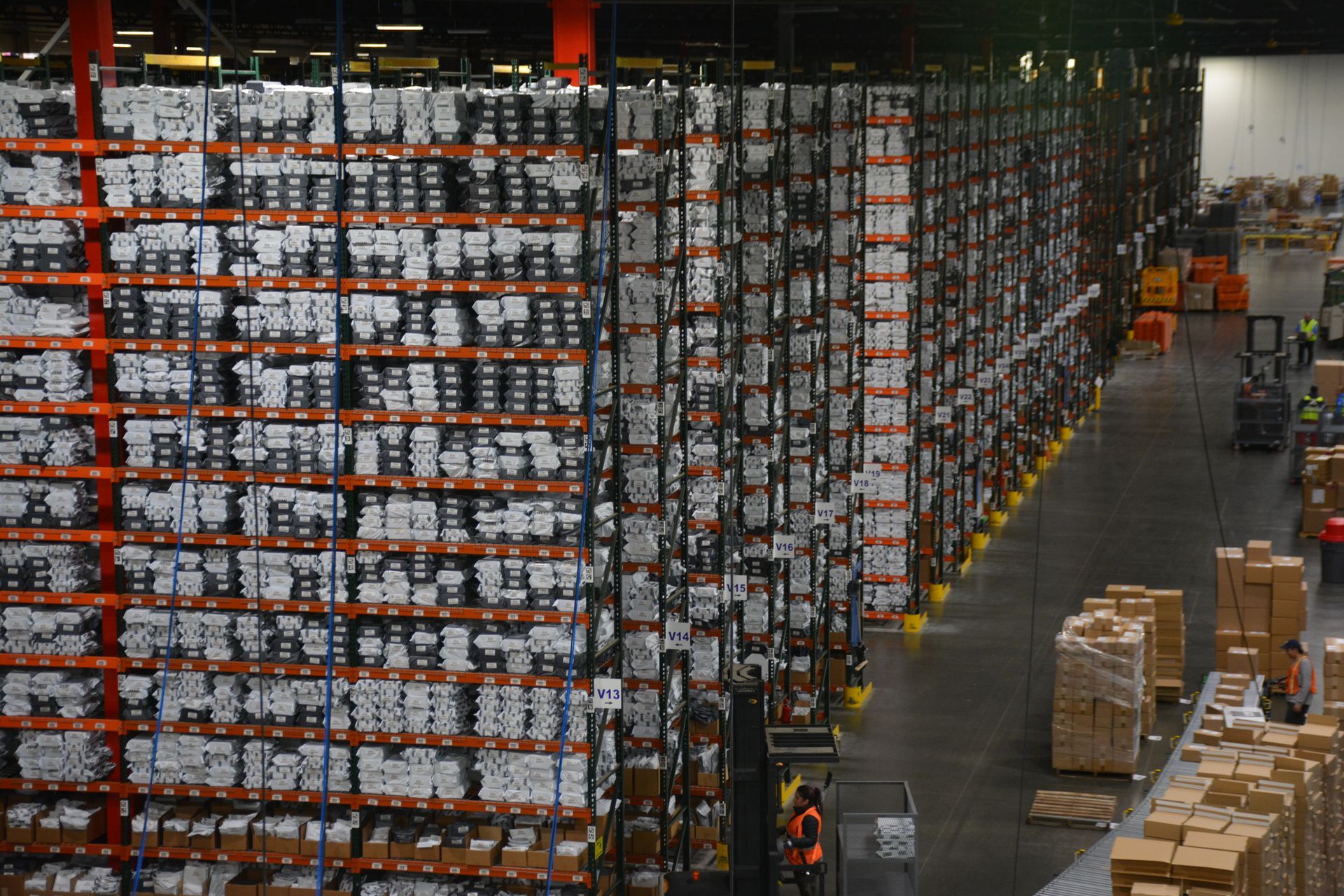
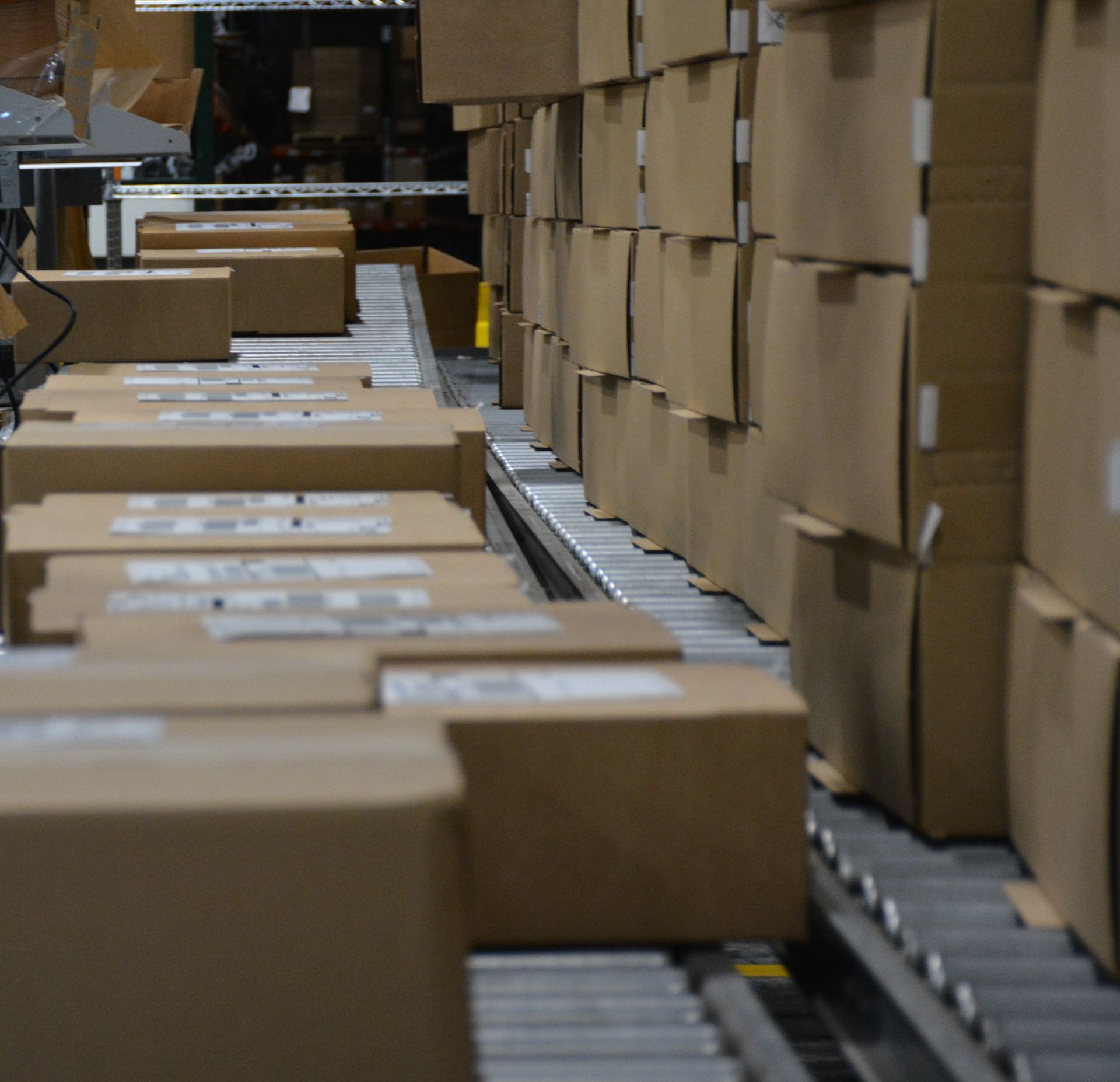
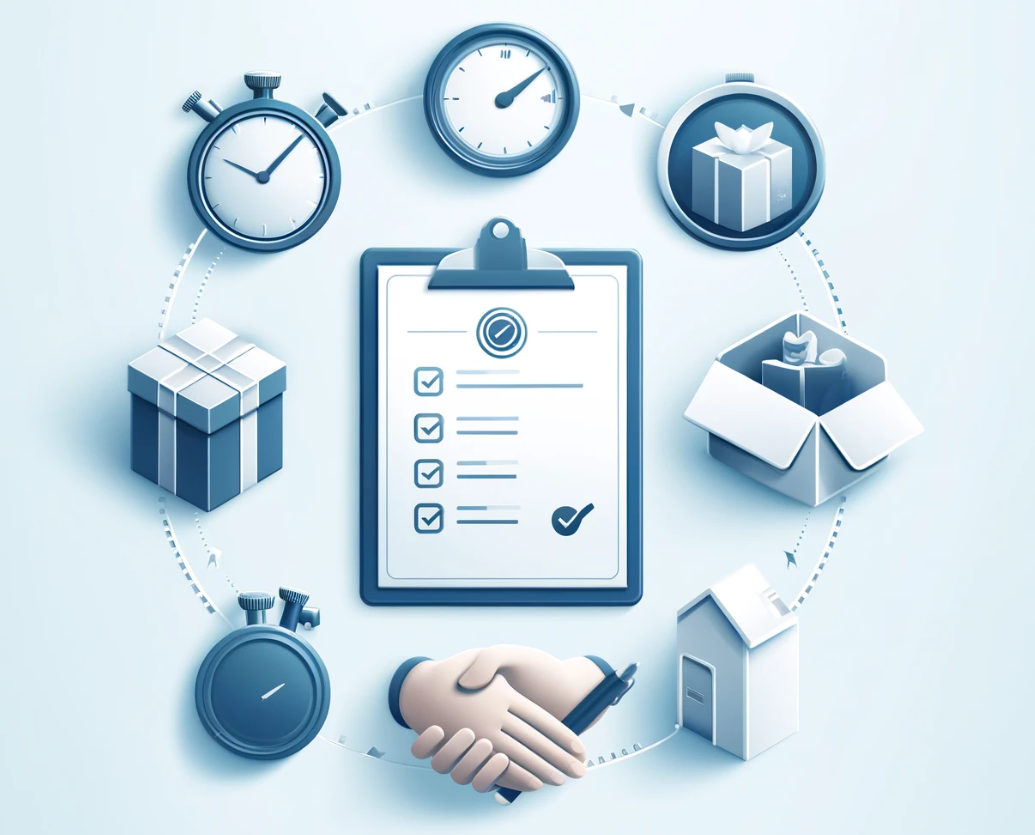
All Rights Reserved | �°������ϲʹ���
